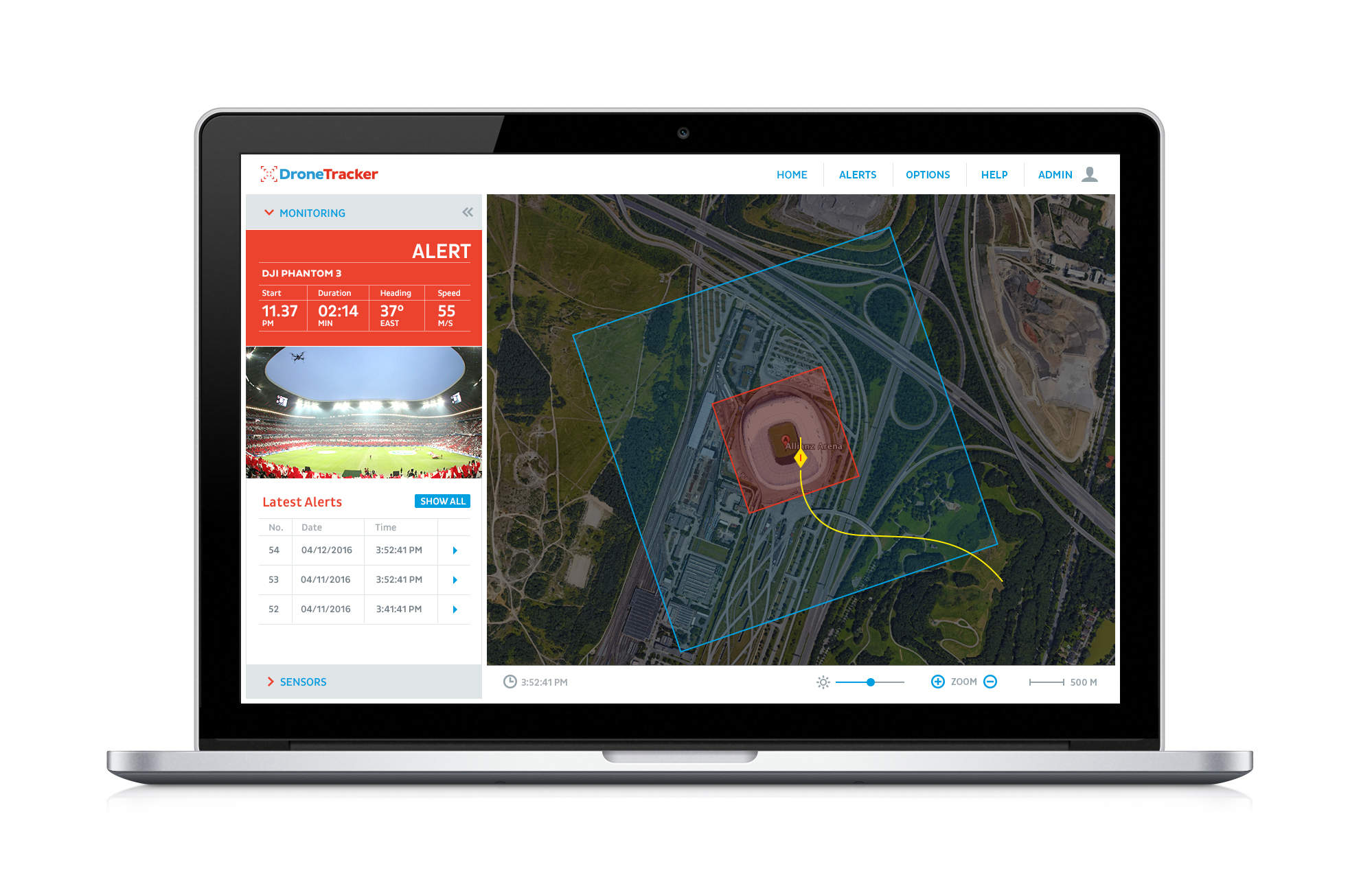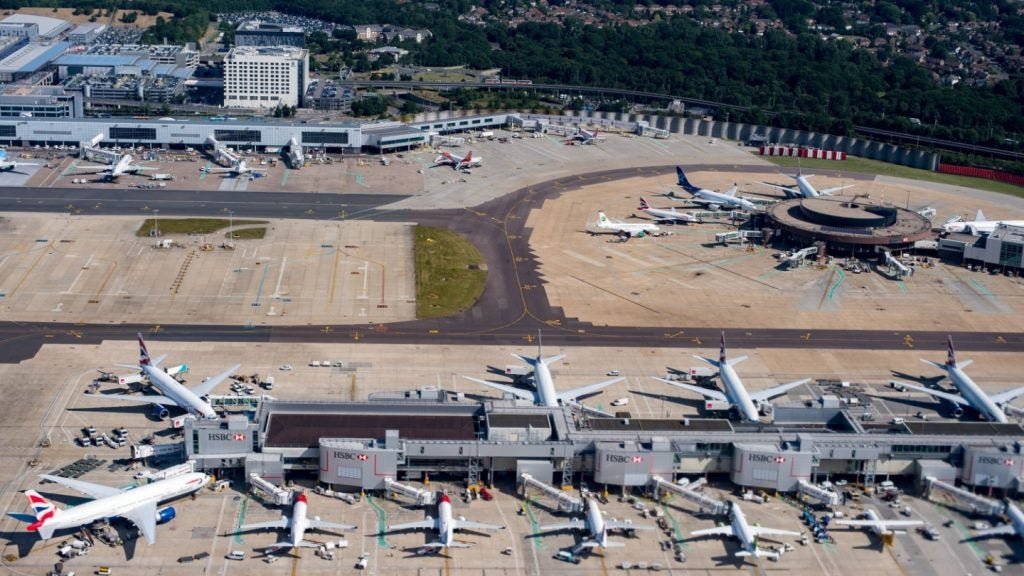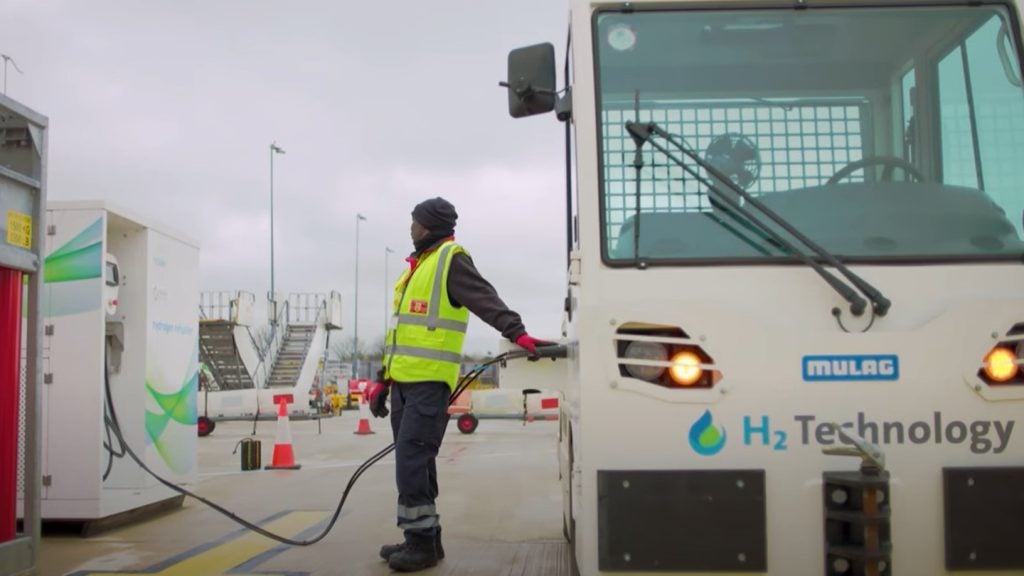
For such small devices, drones are causing huge problems for airports around the world.
Back in April a drone was discovered flying underneath the belly of an aircraft landing at Chengdu airport in Sichuan province. 60 flights were subsequently interrupted and more than 10,000 passengers stranded at the airport, which is the fourth busiest in mainland China.
The delay comes after a string of high-profile incidents reported this year at airports around the world. In August, a Delta pilot spotted a drone flying dangerously close to a plane attempting to land at Detroit airport. In July, a drone was founded wandering into San Francisco International Airport’s restricted airspace. And in June a passenger jet came with 200ft of crashing into a ‘drone’ in what was described as a “serious near miss” above County Durham, in north east England.
These are just the incidents the public hears about. “If you look back over several quarters of Federal Aviation Authority (FAA) data you get a sense of how often pilots are having problems,” says Pablo Estrada, VP of Marketing at Dedrone, a drone-detection technology company. “They don’t always make the news but they do point to the frequency of the nature of the threat. The problem is just getting bigger and bigger.”
Drone popularity soars
There are a number for reasons for this, according to Estrada. First and foremost is the rapid increase and development of drone technology over the past few years.
“Four or five years ago, when drones started appearing in the consumer space, many of them were just small little toys,” he says. “For £30 you could fly them indoors and have something fun to play with. Now we see drones that have powerful capabilities be it distance, range, flight duration or whatever payload they might have on them. And they are now being used for number of reasons including creative activities like taking photos and video.”
How well do you really know your competitors?
Access the most comprehensive Company Profiles on the market, powered by GlobalData. Save hours of research. Gain competitive edge.

Thank you!
Your download email will arrive shortly
Not ready to buy yet? Download a free sample
We are confident about the unique quality of our Company Profiles. However, we want you to make the most beneficial decision for your business, so we offer a free sample that you can download by submitting the below form
By GlobalDataDespite this technological improvement, the devices remain remarkably affordable and extremely easy to use, adding to their popularity. “Today’s drones can be flown by anyone,” says Estrada. “You just have to turn it on and they have inbuilt stabilisation, object avoidance and return-to-home technology to help you.”
Law enforcement agencies have consistently struggled to keep up with this pace of change. “Something that was created or published two or three years ago isn’t necessarily going to keep up with the needs of today’s environment,” says Estrada. “The FAA has come out and acknowledged this. They have said they need to keep moving forward and are working with various partners including airports and law enforcement to do that.”
There is also a lack of communication with the public, who are often unclear about the rules and regulations governing the use of drones, as well as possible safety risks.
“If you look at reports published by the FAA, they are often coming from pilots and airports themselves, not the general public,” says Estrada. “It is natural that the airline and airport industries will be in touch with the FAA but we need to have better communication between the Federal Communications Commission (FCC) and the public for the message to really get out there.”
Teaming up to take drones down
For Estrada, the most effective way to defend against drones is to combine a detection solution alongside a jamming system. “The detection solution will give an early warning alert to the security team that there is a drone in the area,” he explains. “Dedrone, for example, is building a solution which integrates data from our sensors, video cameras and radar technology. If it is determined that a drone is encroaching into the area this data can then be used to trigger a jammer. The jammer will interfere with the radio signals the drone uses to communicate with the pilot, causing it to land or in some cases fly back to where it took off.”
To help achieve this solution Dedrone recently announced a partnership with the European aeronautical giant Airbus. Using Airbus’s long-range radar and jamming functions and Dedrone’s sensor system, the companies hope to bolster airspace security in airports around the world.
“The idea is to use complementary technology and use the expertise of an organisation dedicated to serving airports,” Estrada explains. “We think we can provide a solution that gives airports the protection they need.”
Even as the technology improves, Estrada says airports must remain focused on the fundamental basis of drone security.
“It always starts with detection,” he says. “Whether it is for airports or anywhere else, it starts with knowing what is going on in your airspace and then working out how serious the threat is.”
Policy-makers playing catch-up
Some recent progress has been made. Earlier in the year U.S. Senators Tom Cotton, Dianne Feinstein, Mike Lee and Richard Blumenthal introduced the Drone Federalism Act of 2017 which, if passed, would make it illegal to fly drones in and around airport runways. It would also make it an offense to fly drones in a way that poses a risk to an aircraft either inside or outside the vicinity of an airport.
But laws around the world still lag behind the needs of airlines and airports. “It still has to evolve,” says Estrada. “In the US and most of Europe it is not legal for private companies to take physical action against drones or interfere with its flight using a GPS jammer. Only law enforcement agencies can do this.”
As drone technology evolves, technology companies like Dedrone have had to grow too. “It has been fascinating to watch and has really driven a lot of the progress in technology on the detection side of things,” says Estrada. “We’ve also seen the individual requirements of our clients change, whether that’s for stadiums, arenas, public events or airports.”






